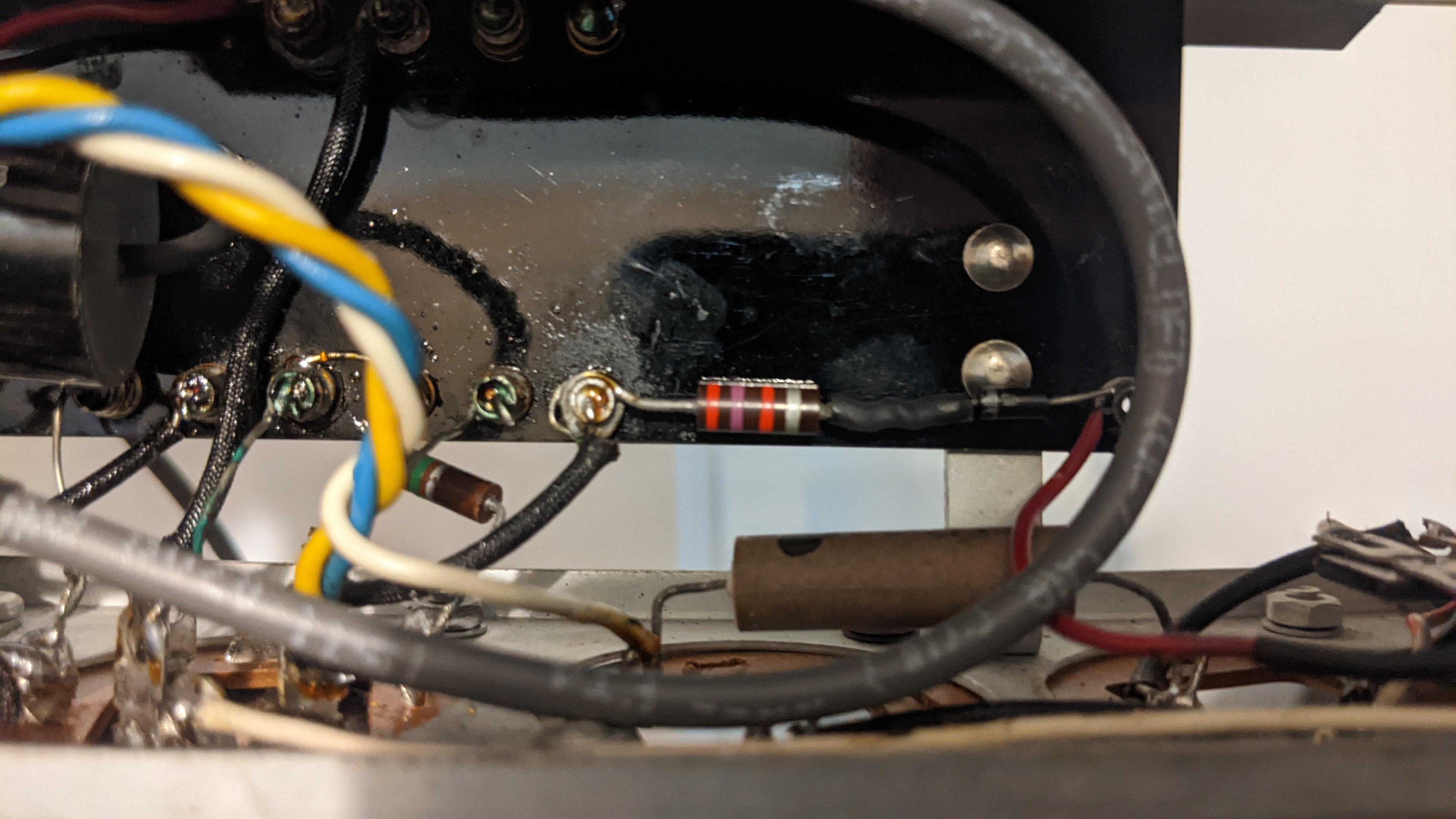thecr4ne
Well-known member
I recently stumbled onto this document in another thread here. It's got a rundown on the variations on the 21 series capsule. 21D is rated at 150db, 21BR220 is rated at 200db,m and there's a few in between. I have a pair of 21Ds, a pair of 21BR150's and I think a pair of 21BR180's, and a handful of 29B cardioid capsules, which I don't know the SPL rating for.
As for using a mic in front of a kick drum, a pop-filter can provide some protection from the blast.
As for using a mic in front of a kick drum, a pop-filter can provide some protection from the blast.


































